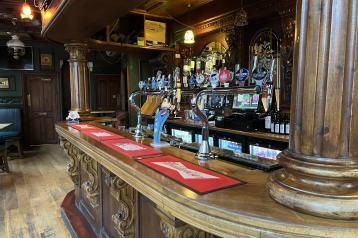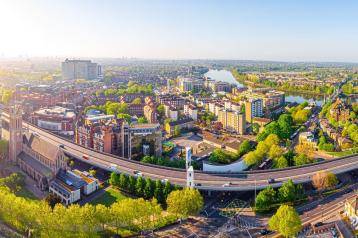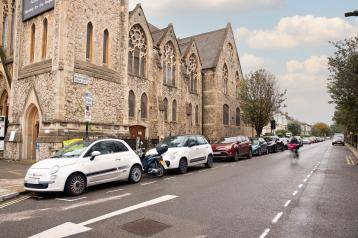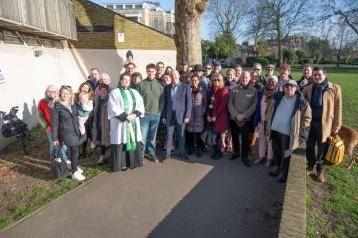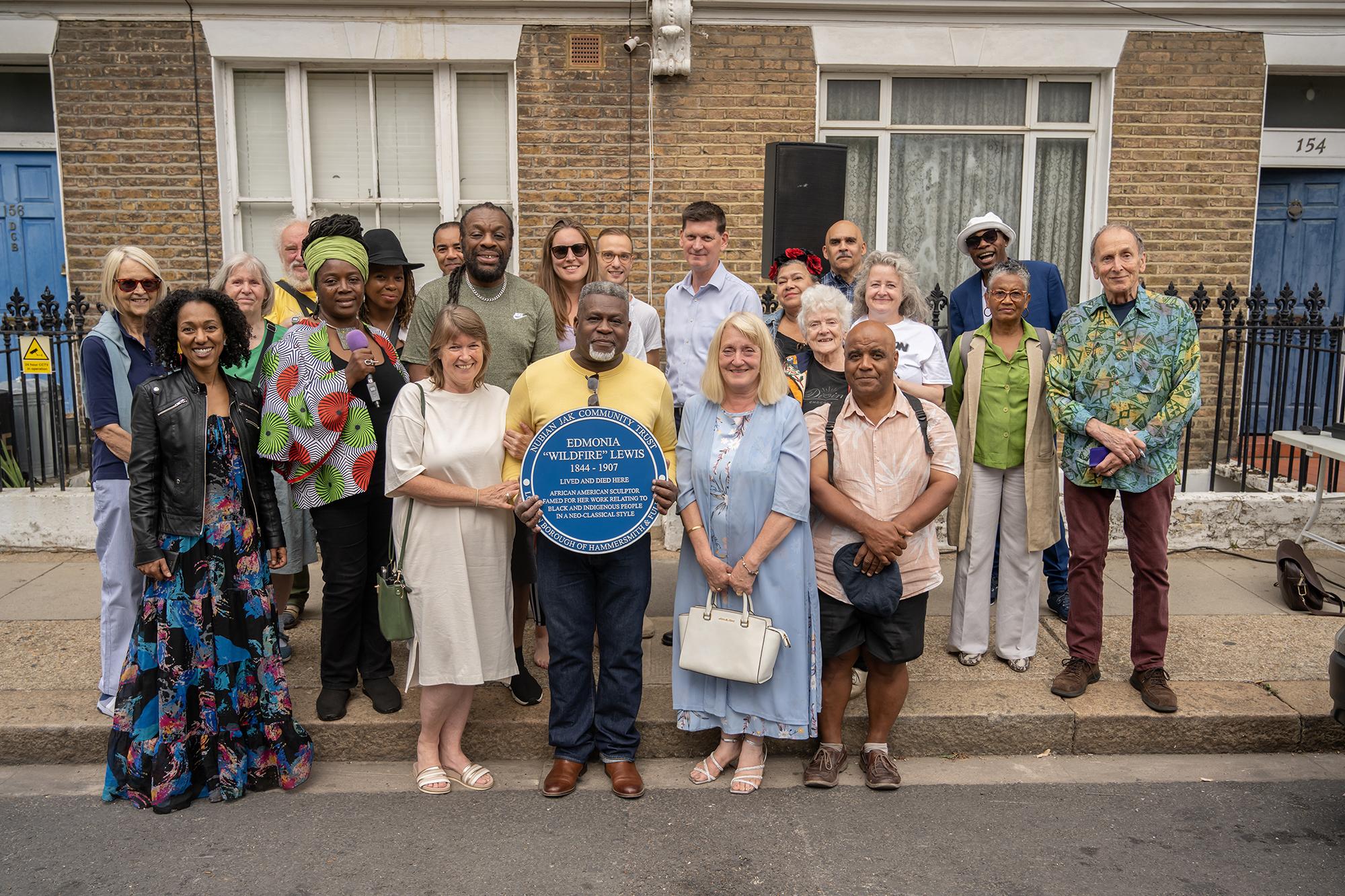
The Nubian Jak Community Trust, Cllr Daryl Brown and local residents at the unveiling of Edmonia Lewis’ plaque
Hammersmith & Fulham is honouring one of the first Black professional sculptors Edmonia Lewis, 1844-1907, with a blue plaque at her former Hammersmith home.
The plaque, installed by the Nubian Jak Community Trust, was unveiled Monday 22 August at 154 Blythe Road.
"I'm delighted that we, in partnership with the Nubian Jak Community Trust, are honouring Edmonia Lewis with this commemorative plaque," said Cllr Sharon Holder, Cabinet Member for Public Realm.
"Our commitment to recognising, remembering, and celebrating the important figures in our borough's history and our black and multi-cultural heritage is one of the ways we're becoming a stronger, safer, kinder borough."
Cllr Daryl Brown, Deputy Mayor of H&F, also attended the unveiling ceremony.
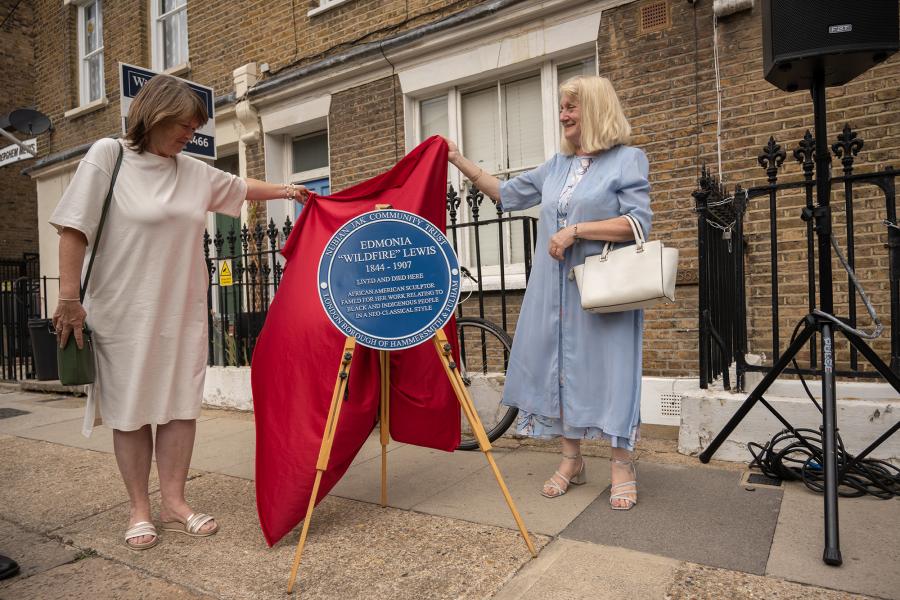
Breaking through obstacles
Edmonia was a pioneer in the 19th Century arts world.
Born in New York while slavery was still legal, Edmonia, known as Wildfire, was a free Black woman. She had an African American father and a Native American mother belonging to the Chippewa tribe.
Losing both her parents at a young age, Edmonia's brother funded her college education at Oberlin College in 1859, a rare opportunity for a woman in the 1800s, especially one of a minority ethnic background.
Unlike white male sculptors, she was not allowed to attend anatomy classes and instead perfected her craft without the access to the training her peers were granted.
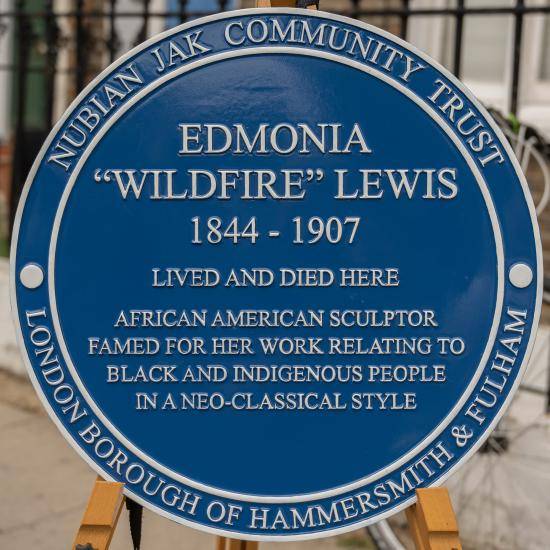
Internationally renowned
Edmonia's early work focused heavily on sculpting abolitionists, including a hugely successful bust for Colonel Robert Gould Shaw.
The money she earnt from this success allowed her to travel to Rome to study classical sculpture before travelling through Italy, France and the United States.
It was in Rome that she found further fame with her sculpture The Death of Cleopatra whose imagery shocked critics.
In 1901, after living and working for five years in Paris, she moved to London and lived out the rest of her life at 154 Blythe Road.
Proud of our Black history
Edmonia Lewis' blue plaque is just one of the many that celebrate the amazing individuals in H&F's history. Our most recent blue plaques include:
Want to know more?
We're creating a network of historic trails to help you explore and reveal the fascinating history of Hammersmith & Fulham, from its notable people to its legendary venues and businesses.
Find out more here:
- Trail 1 – Greensleeves Records to Ravenscourt Park
- Trail 2 – West Kensington Underground Station to Eventim Hammersmith Apollo
- Trail 3 – Ellen and William Craft's blue plaque to Marcus Garvey Park.
For more on H&F's Black history, visit our Black history in H&F web page.
Want to read more news stories like this? Subscribe to our weekly e-news bulletin.
